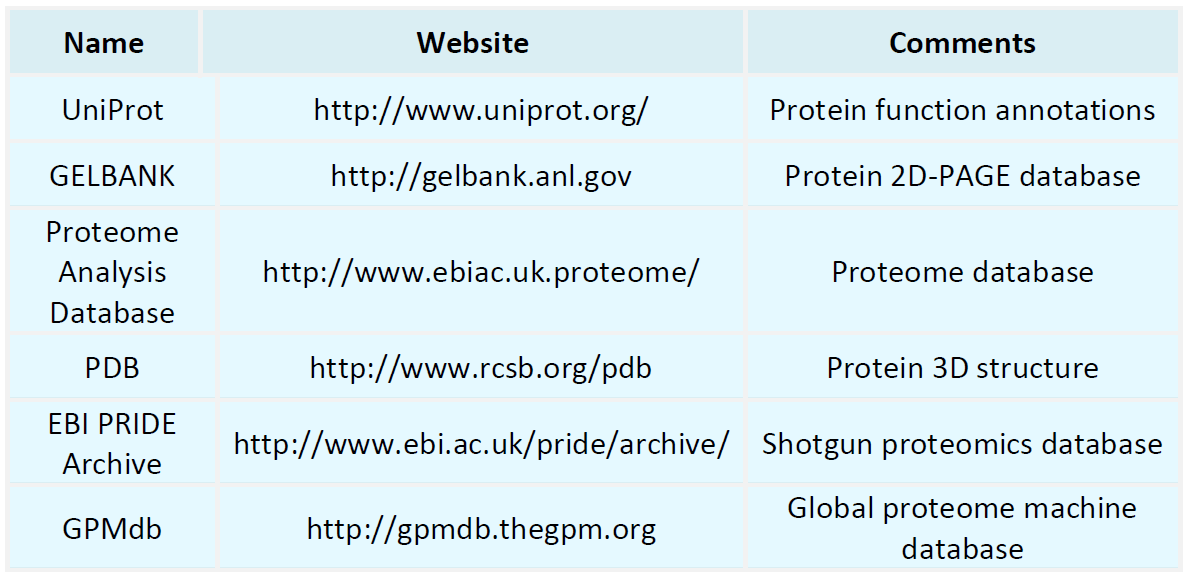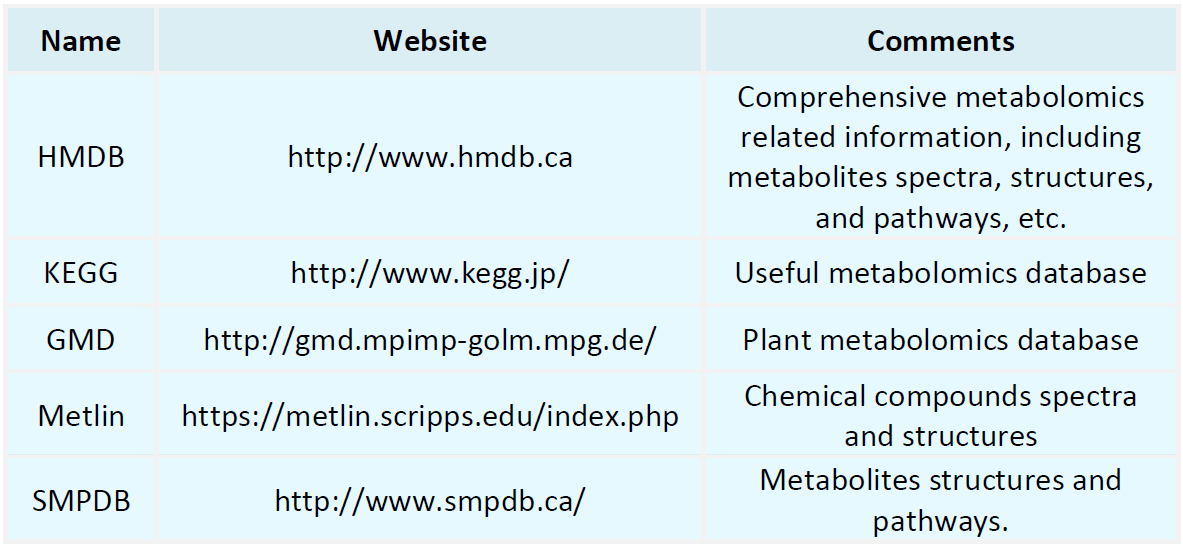Resources
Proteomics Databases

Metabolomics Databases

-
• Western Blot Protein Identification
Western blot protein identification is a widely utilized molecular biology technique essential for protein analysis. This method allows for the separation, transfer, and detection of proteins within complex biological samples by employing antibodies that specifically recognize target proteins, in combination with electrophoresis and membrane transfer methods. Western blot protein identification not only detects the presence of particular proteins but also provides valuable insights into their relative......
-
• Western Blot Protein Analysis
Western Blot protein analysis is a classical technique for protein detection, integrating steps of protein electrophoresis separation, membrane transfer, specific antibody recognition, and signal detection. It is employed to assess the expression of specific proteins, encompassing their presence, relative abundance, molecular weight, and post-translational modifications like phosphorylation and acetylation. Due to its high specificity and sensitivity, Western Blot is a pivotal tool in studying protein......
-
• Unknown Protein Identification in Proteomics Research
Unknown protein identification is a pivotal task in proteomics research, focusing on the detection of unidentified proteins in biological samples through advanced analytical technologies, and elucidating their roles in biological systems. This process predominantly leverages mass spectrometry in conjunction with bioinformatics to achieve efficient and precise protein identification. The scope of unknown protein identification is broad, spanning fundamental biological research, disease mechanism invest......
-
Top-down protein analysis is a method that directly examines intact proteins using high-resolution mass spectrometry to determine molecular weight, post-translational modifications, and protein isoforms. This approach offers several advantages over traditional bottom-up methods. By avoiding enzymatic digestion, it prevents the loss of protein fragments, preserving the protein's original information. Furthermore, it can concurrently identify various post-translational modifications such as phosphorylat......
-
TMT protein quantification is a mass spectrometry-based technique designed for high-throughput protein quantification using tandem mass tags for the relative quantification of multiple samples. Compared to traditional methods such as Western blotting and ELISA, TMT protein quantification offers superior sensitivity and precision, making it ideal for extensive protein expression analysis in complex biological samples. The technique centers on the chemical labeling of proteins with TMT tags and subseque......
-
The TMT labeling mass spec is a cutting-edge protein quantitation method utilizing isotope labeling coupled with high-resolution mass spectrometry. The technique leverages isotopic characteristics of TMT tags to achieve multiplex quantitation. A TMT tag is composed of three critical components: a reactive group that covalently binds to peptides, a mass normalization region ensuring uniform physicochemical properties across different tags, and a reporter ion used for quantitation. During the mass spe......
-
TMT-based proteomics is a cutting-edge high-throughput technique used for the quantitative analysis of proteins across multiple samples, utilizing Tandem Mass Tag (TMT) technology. This method employs isotopic tags to label protein samples, allowing researchers to quantify their relative abundance with precision in a single experiment via mass spectrometry. Compared to traditional methods of protein quantitation, TMT-based proteomics offers superior sensitivity, accuracy, and throughput, making it inv......
-
• In Silico Analysis of Protein Sequence
The in silico analysis of protein sequence is a crucial technique in bioinformatics, designed to uncover the structure, function, and biological roles of proteins. Proteins are fundamental to numerous biological functions, including metabolism, signal transduction, and immune response. Although traditional experimental techniques like X-ray crystallography, nuclear magnetic resonance (NMR), and mass spectrometry are invaluable for understanding protein structure and function, they are often time-consu......
-
• Tandem Mass Spectrometry for Protein Sequencing
Tandem mass spectrometry for protein sequencing integrates liquid chromatography and multi-stage mass spectrometry to facilitate a detailed analysis of complex protein mixtures through precise sample fragmentation. Proteins, as the primary agents of biological functions, necessitate comprehensive analysis due to their diverse and complex functional roles. Tandem mass spectrometry for protein sequencing enables rapid identification and quantification of proteins in complex biological samples. Researche......
-
• Therapeutic Target Identification
Therapeutic target identification is an essential component of contemporary drug development and precision medicine research. It focuses on systematically identifying molecular targets that are intimately associated with disease pathogenesis and progression. These targets typically include specific proteins, genes, or other biomolecules that are pivotal in pathological processes. The primary aim of therapeutic target identification is to pinpoint these critical molecules and validate their potential t......
How to order?







